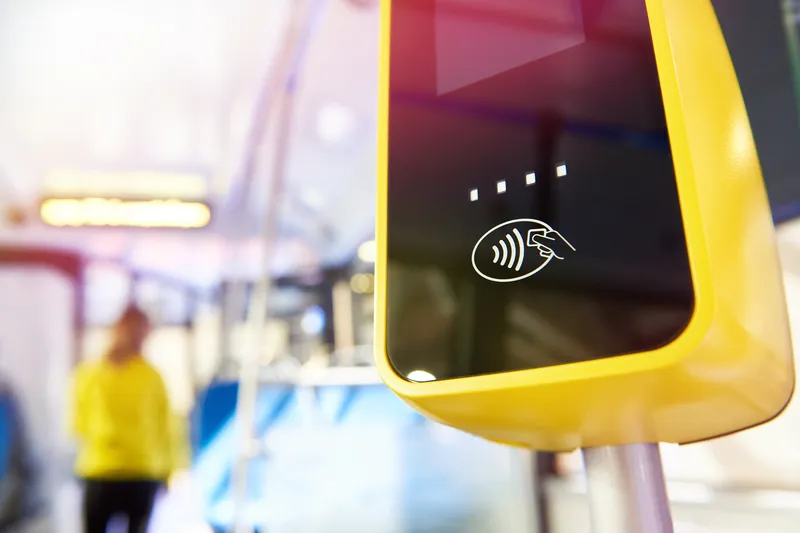In a bid to increase efficiencies and reduce delays for passengers, the UK’s Network Rail is trialling ‘formation flying’ engineering trains to repair and renew the 20,000 miles of railway track it is responsible for maintaining. It says this new approach to engineering could potentially save taxpayer-funded Network Rail US$313,000 (£250,000) per week in costs by allowing trains to run at higher speeds once engineering is complete.
The pioneering technique was used successfully at Sandy, Bedfordshire, on
February 16, 2017
Read time: 2 mins
In a bid to increase efficiencies and reduce delays for passengers, the UK’s 5021 Network Rail is trialling ‘formation flying’ engineering trains to repair and renew the 20,000 miles of railway track it is responsible for maintaining. It says this new approach to engineering could potentially save taxpayer-funded Network Rail US$313,000 (£250,000) per week in costs by allowing trains to run at higher speeds once engineering is complete.
The pioneering technique was used successfully at Sandy, Bedfordshire, on a set of railway switches and crossings, which were being replaced as part of the Railway Upgrade Plan.
A pair of engineering trains were joined together connected by an umbilical and ran in parallel to simultaneously deliver tamping and dynamic track stabilisation (DTS) which simulated the equivalent of 200 trains passing over the tracks consecutively. Passenger trains were then able to start using the railway at speeds as high as 125mph as soon as the engineering team had finished because the track and ballast were firmly ‘bedded in’ – which meant Network Rail avoided thousands of pounds in compensation payments.
The news comes almost one year after Network Rail’s first successes with 125mph ‘high speed handbacks’ in January 2016 on regular plain line track. High speed handback ensures track is installed at each stage to its specific design tolerances, that care is taken while tamping to get the track to its final exact co-ordinates and that welding and stressing is completed as part of the core works.
Network Rail estimates that over US$6.2 million (£5 million) has already been saved by avoiding compensation payments since the start of the high speed handback programme.
The pioneering technique was used successfully at Sandy, Bedfordshire, on a set of railway switches and crossings, which were being replaced as part of the Railway Upgrade Plan.
A pair of engineering trains were joined together connected by an umbilical and ran in parallel to simultaneously deliver tamping and dynamic track stabilisation (DTS) which simulated the equivalent of 200 trains passing over the tracks consecutively. Passenger trains were then able to start using the railway at speeds as high as 125mph as soon as the engineering team had finished because the track and ballast were firmly ‘bedded in’ – which meant Network Rail avoided thousands of pounds in compensation payments.
The news comes almost one year after Network Rail’s first successes with 125mph ‘high speed handbacks’ in January 2016 on regular plain line track. High speed handback ensures track is installed at each stage to its specific design tolerances, that care is taken while tamping to get the track to its final exact co-ordinates and that welding and stressing is completed as part of the core works.
Network Rail estimates that over US$6.2 million (£5 million) has already been saved by avoiding compensation payments since the start of the high speed handback programme.








